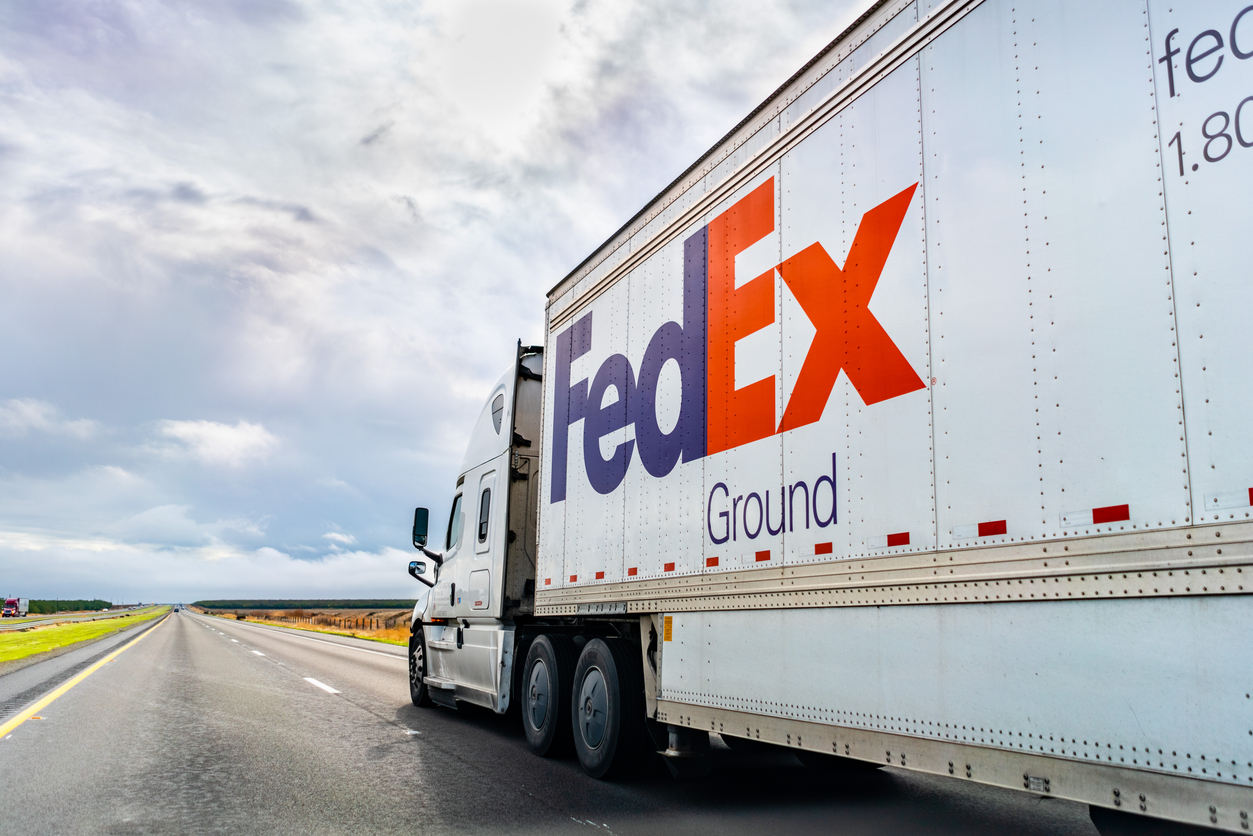A Shift in the Parcel Landscape
FedEx has ended its decades-long USPS air cargo contract. USPS is now prioritizing ground shipping over air, which means that it may take parcels longer to get their destinations. If parcel strategy is a key part of your business–and it should be–these changes aren’t just headlines. They may directly impact your shipping speed, cost, and ability to meet customer expectations.
It doesn’t mean if you ship DTC, B2B, or both. The brands that win in a changing landscape are already adjusting. With the right fulfillment setup, you can ensure that you are continuing to deliver on customer expectations and meet your goals.
FedEx Drops USPS – What Changed?
FedEx’s partnership with USPS has been in place for many years–so what changed? FedEx is retiring 22 aircraft and reducing flight hours by 24% after its USPS contract expired. USPS is leaning into ground transport to help reduce costs.
These restructuring steps, however, are taking part relatively quietly, behind the scenes–which leaves brands directly noticing the impact too late. Transit times are increasing, and delivery consistency may take a hit–especially in rural or outer zones, where shipping is more inconsistent anyway.
Navigating Critical Changes
Stay informed! Keep an eye on the latest changes and how they have the potential to impact your brand both now and in the near future. In addition, build flexibility into your delivery plan now so that you can make those adaptations as needed. Watch for new USPS service standards so that you can put a plan in place to address them as soon as possible. Push carrier reps and fulfillment partners for updated SLA data. Make sure you have a buffer in place for rural and low-density zones, enabling you to deliver on customers’ expectations no matter where they are.
Slower Deliveries? Your Customers Will Notice
Customers expect fast, transparent delivery–even with carrier networks slowing down. USPS’s changes are increasing transit times in lower-density delivery zones–and that’s not something that customers are going to let slide by. Customers continue to expect the same high-quality experience they’ve always received, even in an age when it is much more difficult to get their products to them in a timely and cost-effective way. Missed delivery windows damage trust and retention, especially for subscription or repeat-purchase brands.
Navigating Slower Delivery Potential
Set smart delivery expectations from the beginning–and track in-transit data more closely so that you can provide updates to those critical customer expectations. Start by showing estimated delivery windows at checkout, not vague timelines. Automate branded tracking and delivery notifications so that customers can keep up with where their packages are and when they’re likely to arrive. If customers are in a high-risk delivery zone, flag it in advance so that they know what to expect–and what not to expect–when it comes to package arrival times.
In addition, you need a fulfillment partner who offers transit-time analytics so that you can track how long it’s taking for packages to arrive and any potential delays.
Shipping Costs Are Moving – And So Are Margins
To maintain delivery speed, you may have to switch carriers or upgrade services. USPS’s ground-first model may not stay cost-effective for heavier parcels, and FedEx’s changes could lead to tighter capacity and rate adjustments. Parcel costs may climb even if your volumes stay relatively flat. Your existing shipping rates and margins may not account for those increases.
Preparing for Increased Shipping Costs
Reevaluate your carrier mix and weigh cost-per-zone closely to make sure you have a solid understanding of what your costs are going to look like and how you need to handle fulfillment. Use multi-carrier rate shopping tools so that you can choose the cheapest option for each situation.
There are also several options you can use to decrease your overall shipping costs. For example, you may want to reroute heavier SKUs to fulfillment centers closer to end customers or resize or repack bulky items to reduce DIM charges. Finally, offer paid shipping upgrades to offset margin hits and allow you to decrease your overall costs.
Single-Carrier Shipping Isn’t Built for Disruption
Relying on one parcel carrier significantly limits your flexibility and may leave you struggling to manage shipping costs–not to mention your fulfillment strategy and solutions. Carrier changes, surcharges, and outages shouldn’t stall your delivery operations. Without backup options, you either absorb the cost or lose the customer–or both.
Building in Flexibility
Build a carrier-agnostic fulfillment strategy that lets you shift quickly when there’s a problem–or even simply when another carrier offers lower rates or a better solution for your needs. Work with a fulfillment partner that supports USPS, FedEx, UPS, and regional carriers to ensure that you have plenty of options and solutions tailored to your individual needs. Apply routing logic to auto-select the best carrier per order, streamlining the process and letting each order get the best possible treatment. In dense zones, take advantage of regional carriers for speed and savings.
Don’t forget to build redundancy into your delivery operations. You never know when a carrier is going to run into a slowdown or problem, and you need to be able to pivot quickly to continue to meet customer expectations.
Fulfillment Strategy = Risk Strategy
Operational teams can’t adapt fast when your fulfillment strategy is rigid. In today’s world, agility is no longer optional. Brands need the ability to shift orders, reroute SKUs, and adjust delivery methods in real time. In a volatile delivery environment, speed without flexibility quickly causes operational drag when a problem arises. You’re reliant on your single delivery solution to continue delivering on customer expectations–and when there are problems, you can end up with a disaster on your hands.
Decreasing Your Risks
Partner with a fulfillment provider structured for adaptability: one that will allow your team to pivot fast. Store inventory across multiple fulfillment centers so that you are close to delivery addresses, streamlining your operations and getting those items to them sooner. With the benefit of historical data, you can reposition SKUs before demand shifts. Monitor your shipping performance by carrier and zone so that you can spot problems before they become a more serious issue and adapt accordingly.
It isn’t just about your operations, either. Choose a fulfillment provider who flags delivery risks before they impact your customer service–one that is dedicated to your brand’s success, not just getting packages out the door.
Shipping Agility Starts with Fulfillment Strategy
Carrier networks will keep changing, but your fulfillment strategy shouldn’t be left to react after the fact. Brands that act now will lock in more predictable shipping costs, protect customer experience, and reduce risk in every order cycle.
Need a fulfillment partner who sees these shifts coming? Talk to an expert or explore more at symbia.com/resources.











